Kew Gardens: Horticulture and Nature in London
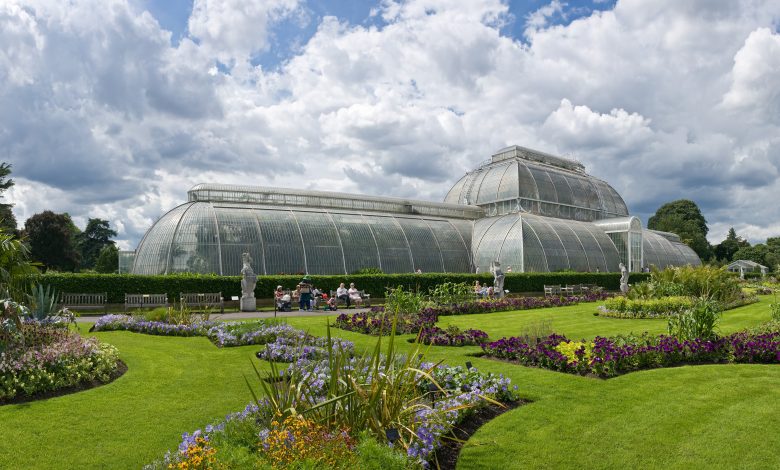
The Royal Botanic Gardens of Kew (in English Royal Botanic Gardens, Kew), commonly called Jardines de Kew or Kew Gardens, is an extensive botanical garden with greenhouses, with 120 hectares of extension, one of the main tourist attractions of London that is located between Richmond upon Thames and Kew, south-west of London, UK. Kew Gardens was founded in 1759 and declared a UNESCO World Heritage Site in 2003.
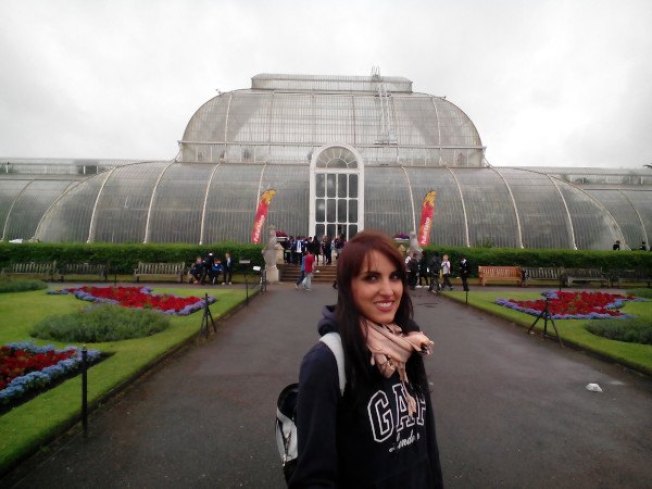
Over the last 250 years Kew Gardens has made innumerable contributions to increasing knowledge about plants and fungi with many benefits to mankind. In addition, it is one of the most important seed banks in the world. What are you waiting for to meet him?

Agriculture at Kew Gardens
Compost Heap
Compost Heap, literally «compost heap», is one of the largest non-commercial compost heaps in Europe. It is off limits to visitors, but there is a viewing platform at the Pinetum from which the composting process can be watched. All garden waste from Kew Gardens is brought to this location and placed in one of two huge mounds: one containing no woody material and the other herbaceous branches. Both piles are screened, ground and mixed with generous rations of manure from the Royal Horse Artillery stables. The material naturally heats up to 60°Cand quickly decomposes. Staff occasionally spray it with water and remove it with a tractor. Eight weeks later, he is ready to return to the garden as compost to enrich the plants from which he came. As a fun fact, the resident peacocks at Kew Gardens seem to like the warmth of the compost heaps and can often be seen perched on top of them.

Bee Garden
No English garden is complete without its bees, and Kew Gardens is no exception. Bees can travel up to six miles to forage, so they can choose from an extensive menu offered by Kew Gardens’ diverse flora. Bee colonies boast queens that have flown in from New Zealand; these bees are very tame (important in a garden that welcomes a million visitors a year) and paler in color (almost yellow) than the British dark honey bee. Kew Gardens staff check the bees in the hives every nine days and remove the honey in August. Unfortunately there is not enough honeyfor sale to the public – but very popular with gardens staff!
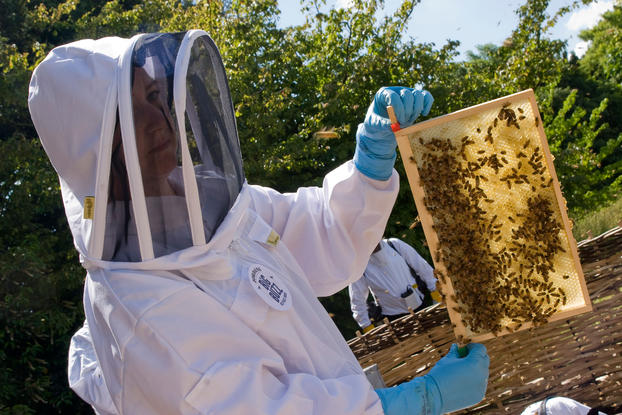
Bees make an important contribution to gardens and agriculture, pollinating flowers and allowing many plants to reproduce. Scientists believe that bees provide £200 million worth of pollination services to British agriculture each year. However, bee populations have been declining over the last 20 years, due to several factors: habitat change and a disease caused by the varroa mite. In fact, 32% of all British bee species are now listed as threatened in the UK Red Data Book for insects.
Kew On A Plate Kitchen Garden
This impressive kitchen garden has been created on a site that was once used to grow produce for royalty. Today, an abundant range of fruits and vegetables can be seen growing here throughout all seasons of the year. I am not going to dwell on it any longer because you have an article dedicated exclusively to this London garden.

The Kew Guild Student Vegetable Plots
These parterres belong to the garden horticultural school. In them, the students of the first year of the Diploma in Horticulture, must carry out the necessary tasks to prepare the land, plan the space for planting, mark a calendar for the different crops and obtain a good harvest from plants that grow only by seed. During the season, the students take care of their flower beds very carefully, since they are evaluated for it. In addition, the production is sold and the profits are used to finance a study trip abroad. If you want to know more about this topic visit the article: « Gardens to learn: The Kew Student Vegetable Plots«
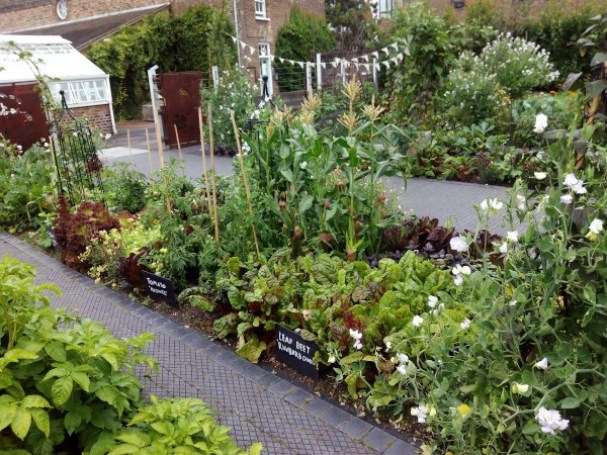
VOLUNTEERING
A large part of the people who work at Kew Gardens are volunteers who support the work of horticulturists and are trained by helping with the basic maintenance of Kew’s plant collections, such as propagation, planting, weeding, pruning or the padding. So if by chance you find yourself living in the British capital and you are interested in nature, you can encourage yourself to participate.
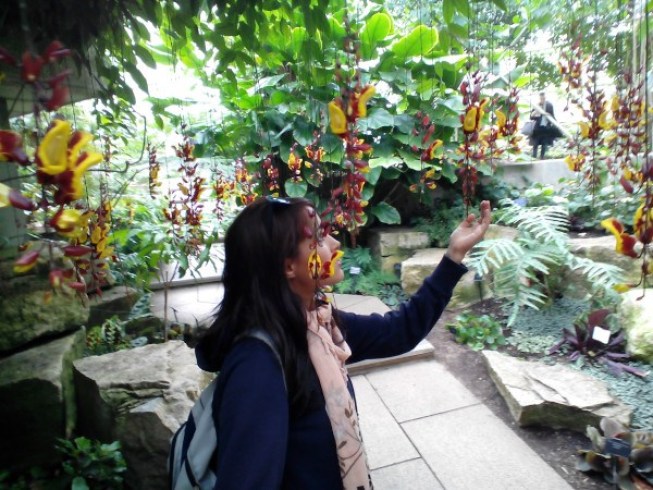
I hope you liked the article. If you want to know more about Kew Gardens, be sure to visit « Eating from the garden: Kew on a Plate » and « Gardens to learn: The Kew Student Vegetable Plots «. And you know, if you pass through London , do not miss this wonder! Until next time!

![Photo of Types of Substrates: [Concept, Characteristics, Natural and Artificial]](https://www.complete-gardening.com/wp-content/uploads/2022/08/types-of-substrates-concept-characteristics-natural-and-artificial-390x220.jpg)
![Photo of Alpine Climate: [Characteristics, Flora, Fauna and Adaptability]](https://www.complete-gardening.com/wp-content/uploads/2022/08/alpine-climate-characteristics-flora-fauna-and-adaptability-390x220.jpg)
![Photo of Wormwood: [Cultivation, Irrigation, Care, Pests and Diseases]](https://www.complete-gardening.com/wp-content/uploads/2022/08/wormwood-cultivation-irrigation-care-pests-and-diseases-390x220.jpg)
